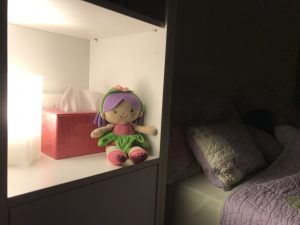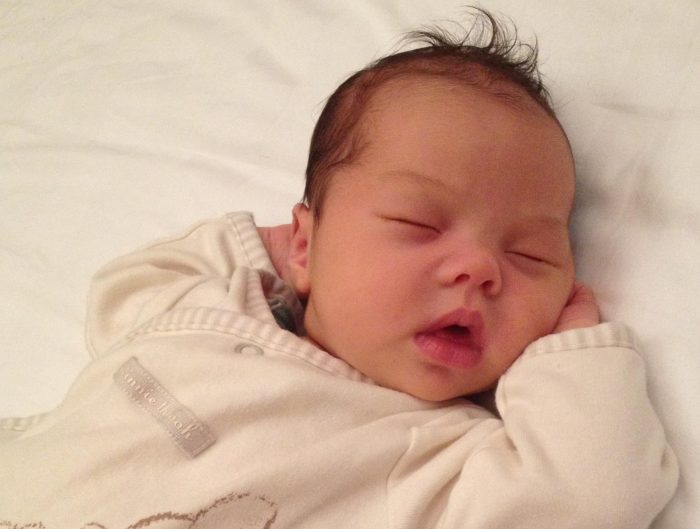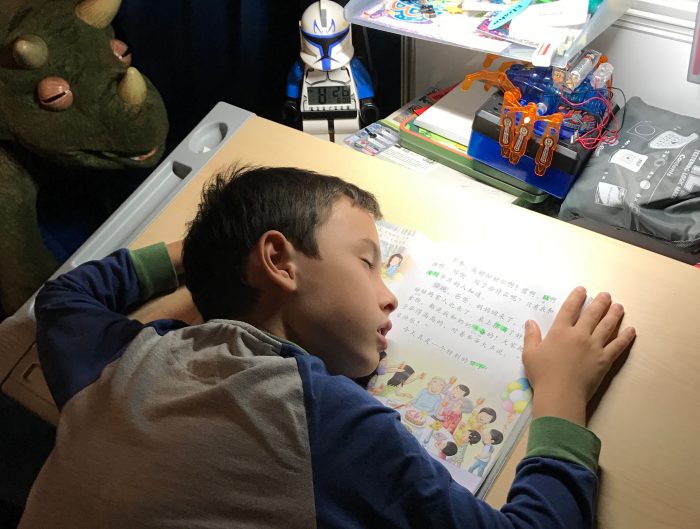
Nightmares, Night Terrors and Things That Go “Bump” In The Night
So you’ve managed to get all the kids down into bed after the day that never ends. You’ve loaded the washing machine, packed everyone’s bags for tomorrow and you’ve finally crashed on the sofa with a glass of wine. Suddenly the house erupts in a piercing shriek of terror. You run into your toddler’s room to find him screaming and thrashing in the bed, still unconscious. You rush over to cuddle him, only to be pushed away. Does this sound familiar?
Disorders of sleep, or “parasomnias”, are very common in children, with higher frequency in boys than girls. Classically, night terrors peak in the preschool years, whereas nightmares occur more frequently in older children. Sleep walking also falls into the category of parasomnias, but is much less common. Sleep walking may occur more frequently when there is a history of other family members also sleep walking, and also can occur in conjunction with other sleep disorders such as night terrors.
What Are Nightmares and Night Terrors?
Nightmares are described as intense, vivid dreams with disturbing content, which may be partially or fully remembered by the dreamer after waking. They occur during deep R.E.M. (rapid eye movement) sleep, most often in the early hours of the morning. As children spend more of their sleeping time in R.E.M. sleep (around 25% of their sleep, compared to adults’ 10-15%), this might explain why nightmares are more common in children than adults.
Nightmares often peak at around 6-10 years of age, which many believe correlates with increasing imagination at that age. Younger children with nightmares may describe simple fears such as monsters or fear of the dark, whilst older children often have nightmares about stressful family or school situations.
In contrast, night terrors occur in non-R.E.M. sleep, usually in the first few hours after going to sleep. The child may cry out, scream or thrash about, and it is often quite distressing for parents to witness. Usually the child is not fully conscious, and may push a parent away when they try to cuddle or comfort them. Although parents are usually emotionally shredded by these episodes, children usually do not remember them at all, and are perfectly happy the following morning (whilst Mommy is an emotional wreck!)
What Can I Do During An Episode?
When a child has a nightmare, he will often wake fully and be extremely upset and agitated. You may find a little ghost-like apparition appearing next to your bed.
- Cuddle and comfort him in his own room. Do not bring him into your bed- he needs to learn to feel safe and secure in his own bed.
Reassure him that he is safe. Use the words, “you are safe”, or similar words to let him know that he is ok. - Use a security blanket or favourite toy to provide further feelings of comfort and security.
- A nightlight can help him to feel less frightened.
Children with night terrors are usually not fully conscious and often resist cuddles and comfort.
- Stay with your child during the episode, which may last from 3 to 20 minutes.
- Make sure your child doesn’t hurt himself during an episode, especially if he is thrashing wildly. Remove any sharp or hard objects from the immediate vicinity.
- If your child sleep walks, place stair gates to prevent your child from hurting himself.
- If sleep walking occurs, do not wake your child as he may react violently or combatively. Instead, gently direct him back to bed.
- Watch for any signs that this may not be a simple night terror, such as drooling, jerking or stiffening of the limbs.
How Can I Prevent Further Episodes?
Nightmares can be precipitated by stressful or worrying situations, or a frightening story or television programme.
- Talk to your child about the nightmare the following day: what was it about?
- Identify any possible stressors: is anything worrying him? This may be a situation in school or family life, or something he saw on the news.
- Address any worries and concerns practically, and be prepared to talk things through with him.
- Try to avoid exposure to potentially scary subjects: watching frightening movies or TV shows, reading spooky stories, or even listening to news about disasters or traumatic events may have a deep and significant impact on your child.
- Reading stories about overcoming scary situations, or dealing with fear of the dark can also be helpful, especially for younger children. I would recommend “The Owl Who Was Afraid Of The Dark” by JIll Tomlinson, and “Sir Charlie Stinky Socks And The Really Big Adventure” by Kristina Stephenson (this story is particularly good at showing children that often the reality of a situation is much less frightening than we think it is initially).

Books to help in dealing with fears
You can almost predict when an episode of night terrors is going to occur: an exciting birthday party at the zoo, followed by a missed afternoon nap and then an evening meal with family at a restaurant with a late night all add up to an over-tired, over-stimulated little one.
Obviously, days like these do happen. Try these tips for helping your child to “wind down” after an action-packed day:
- Try to avoid packing too many activities into one day if at all possible, especially if you know that your child is prone to night terrors. On a day when you have a birthday party to attend, and are likely to miss his afternoon nap, try to avoid a late night as well.
- Similarly, on a day when a family evening meal is scheduled, try to have a quieter day; you may even want to give him a longer afternoon nap, or push it to slightly later in the afternoon than usual.
- If nap time was completely missed, aim to schedule bedtime around half an hour to an hour earlier than usual. Start your pre-bedtime routine early, and add in more quiet cuddle time and gentle storybook time in the bedroom before saying goodnight.
- Avoid highly stimulating activities in the run up to bedtime: we forget (since we use them all the time) that TV and screen time in general are highly stimulating to young brains. Instead, aim for gentle activities, such as singing nursery songs and reading story books (maybe not the totally wild ones…).
When Should I See A Doctor?
Most sleep disorders are benign and will get better on their own over time. However, there are some “red flag” signs that you may need to see your family doctor or paediatrician:
- Frequent nightmares or night terrors occuring more than once per week.
- Your child is obviously stressed or worried, and talking about it isn’t helping.
- Night terrors lasting more than 30 minutes.
- Night terrors involving drooling, jerking or stiffening of the limbs.
- Any other concerns you may have.



Leave A Reply